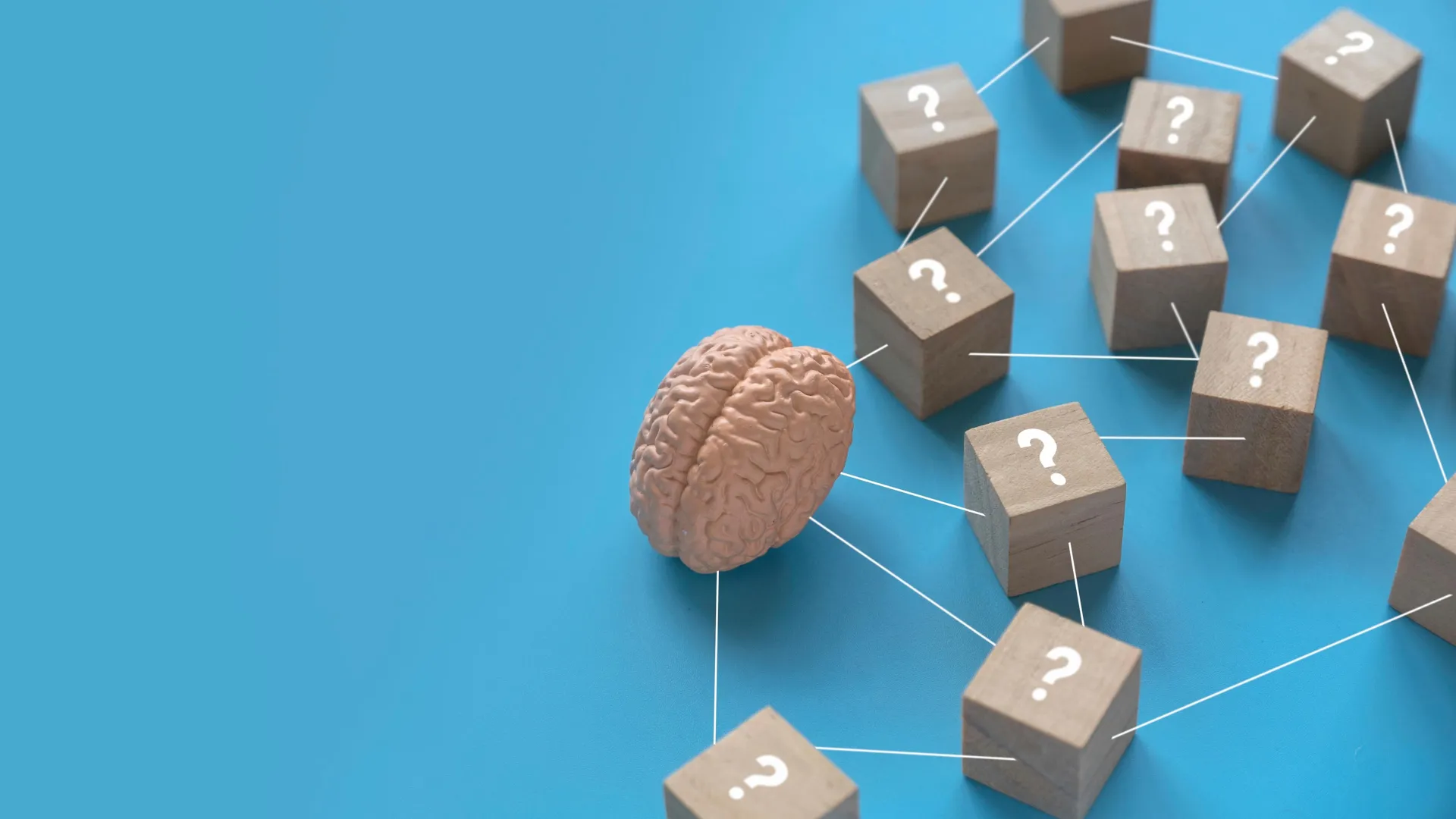Scientists discovered how a scent can change your mind
The study, recently published in the journal PNAS, advances our understanding of how the brain makes decisions by participating in the storage of associations between different stimuli.
- Date:
- July 4, 2025
- Source:
- IMIM (Hospital del Mar Medical Research Institute)
- Summary:
- Mice taught to link smells with tastes, and later fear, revealed how the amygdala teams up with cortical regions to let the brain draw powerful indirect connections. Disabling this circuit erased the links, hinting that similar pathways in humans could underlie disorders like PTSD and psychosis, and might be tuned with future brain-modulation therapies.
- Share:

Our brain makes decisions based on direct associations between stimuli in our environment, but it often also does so based on events that initially appear unrelated. How does it achieve this? A recent study by the Cellular Mechanisms in Physiological and Pathological Behavior Research Group at the Hospital del Mar Research Institute, published in PNAS, offers new insights into this process and identifies the brain areas involved.
Using observations in mice, led primarily by first author and PhD student José Antonio González Parra and supervised by Dr. Arnau Busquets, the research team was able to determine the mechanisms involved in how the brain makes decisions based on indirect associations between different stimuli. That is, instead of directly associating a specific stimulus with a rewarding or aversive situation, the brain establishes connections between two or more stimuli. As Dr. Busquets explains, "The project aims to understand how the brain enables us to make decisions based on indirect relationships between stimuli in our environment."
In this context, the mice were subjected to various behavioral tests. They were trained to associate one smell-banana-with a sweet taste, and another smell-almond-with a salty taste. Later, a negative stimulus was associated with the smell of banana. From that point on, the mice rejected the sweet taste, which was linked to the banana smell and thus carried a negative connotation. In other words, "they formed an indirect association between the sweet taste and the aversive stimulus through its link to a specific smell," explains Busquets.
The Role of the Amygdala
Using genetic techniques delivered via viral vectors, the researchers were able to observe which areas of the mice's brains were activated throughout the process of encoding and consolidating the associations. They found that the amygdala, a brain region associated with responses such as fear and anxiety and involved in certain mental disorders like psychosis and PTSD, was activated when the mice linked olfactory and taste stimuli.
At the same time, they identified other brain areas that were also involved and interacted with the amygdala. Thanks to imaging techniques, they were able to establish a connection between these areas and a part of the cerebral cortex. "We have identified a brain circuit that controls associations between stimuli and allows for these indirect associations," says Dr. Busquets. They also confirmed that if amygdala activity was inhibited while the mice were exposed to the stimuli, the animals were unable to form these indirect associations.
As Dr. Arnau Busquets explains, the researchers believe that the brain circuits involved in decision-making processes in humans are similar to those in mice. Therefore, the data obtained in this newly published study could be relevant for treating certain mental disorders linked to amygdala activity. "Alterations in these indirect associations form the basis of various mental disorders," he adds. "Understanding the brain circuits involved in these complex cognitive processes can help us design therapeutic strategies for humans." In this sense, future approaches could include brain stimulation or modulation of activity in these areas in people with PTSD or psychotic symptoms.
Story Source:
Materials provided by IMIM (Hospital del Mar Medical Research Institute). Note: Content may be edited for style and length.
Journal Reference:
- Jose Antonio González-Parra, Vittoria Acciai, Laura Vidal-Palencia, Marc Canela-Grimau, Arnau Busquets-Garcia. Projecting neurons from the lateral entorhinal cortex to the basolateral amygdala mediate the encoding of incidental odor–taste associations. Proceedings of the National Academy of Sciences, 2025; 122 (23) DOI: 10.1073/pnas.2502127122
Cite This Page: